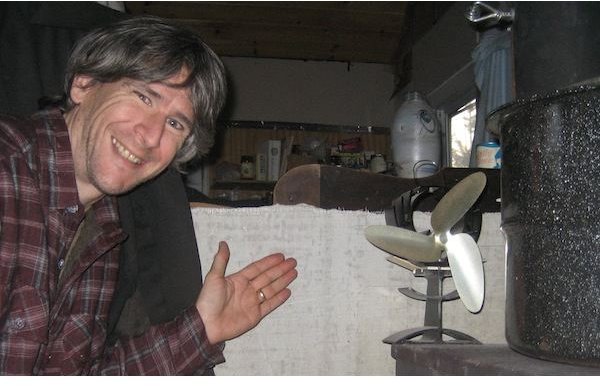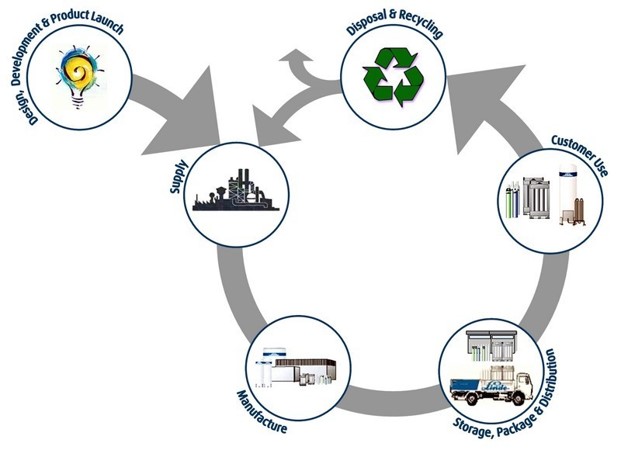Metals and Alloys
Essential idea: Materials are classified into six basic groups based on their different properties.
Typically hard and shiny with good electrical and thermal conductivity, metals are a very useful resource or the manufacturing industry. Most pure metals are either too soft, brittle or chemically reactive for practical use and so understanding how to manipulate these materials is vital to the success of any application.
Extracting metal from ore
Of the known, naturally occurring elements, the major proportion are metals. The most common of metals is aluminium, followed by iron, and others such as chromium, copper and silver, although these are more scarce.
- Production of iron: Iron ores such as magnetite or haematite contain iron oxide. Iron goes through a blast furnace, similar to coke and limestone.
- Production of aluminium: Aluminium goes through an electrolytic process to be made.
Ferrous and Non-ferrous metals:
Any metal that has iron it it is likely to rust, making it a ferrous metal.

Non-ferrous metals do not rust and are on most occasions magnetic.
Grain size
Most metals with the exception of mercury tend to be solid at room temperature. When metals are molten, they are held by weak forces and this weakness creates a fluidity enabling the material to flow. A metal once solidified will form a particular structural architecture.
The dendritic crystals found in commercial metals are known as grains. As grains grow to their architectural form they inevitably meet each other at a point that is known as the grain boundary.
Modifying physical properties by alloying, work hardening and tempering
ALLOYING: Alloys are a mixture that contains at least one metal.
| Alloying and foreign atoms |
- Alloying increases strength and hardness
- Alloying reduces malleability and ductility, of alloys compared to pure metals.
- This is due to the presence of “foreign” atoms which interfere with the movements of atoms in the crystals during plastic deformation
Examples: solder (lead + tin), stainless steel (steel + chromium), nickel-aluminium alloys

The tensile strength of a metal is increased by alloying, however the malleability and ductility is reduced (which may be a good thing for creating sturdy objects). The increased strength and hardness, and reduced malleability and ductility, of alloys compared to pure metals is due to the presence of "foreign atoms" which interfere with the movements of atoms in the crystals during plastic deformation.
Design criteria for super alloys
Superalloys: is an alloy that exhibits excellent mechanical strength, resistance to thermal creep deformation, good surface stability and resistance to corrosion.
Superalloys can be used at high temperatures, very close to their melting point. The strength of most metals decreases as the temperature increases.
Super alloys are used in Aerospace (e.g. rockets), Aviation (e.g. turbines), Chemical processing industry, nuclear reactors and much more.
Two criteria for super alloys are creep and oxidation resistance.
- Creep is the gradual extension of a material under constant force. Creep and its effect become more pronounced at high temperatures. Resistance to creep is important when components are subjected to high temperatures for long periods.
- Oxidation resistance and corrosion resistance: Nearly all metals and alloys react with oxygen in the air to form oxides, that is they oxidise or corrode. They may also corrode in the presence of acids and alkalis. Corrosion is a serious problem at high temperatures and in the presence of combustion products such as carbon dioxide and water vapor that exist in turbine engines.
CASE STUDY: Turbine Blades
Recovery and disposal of metals and metallic alloys





















